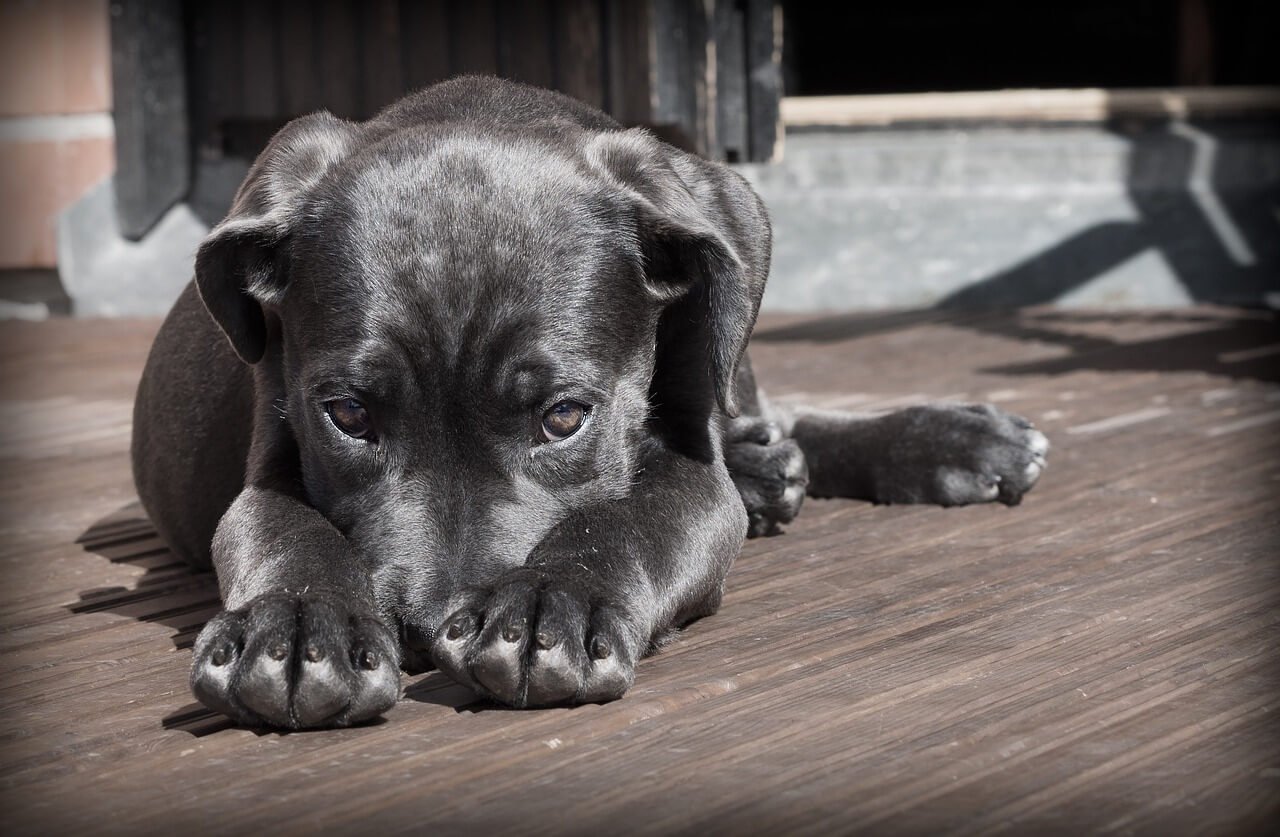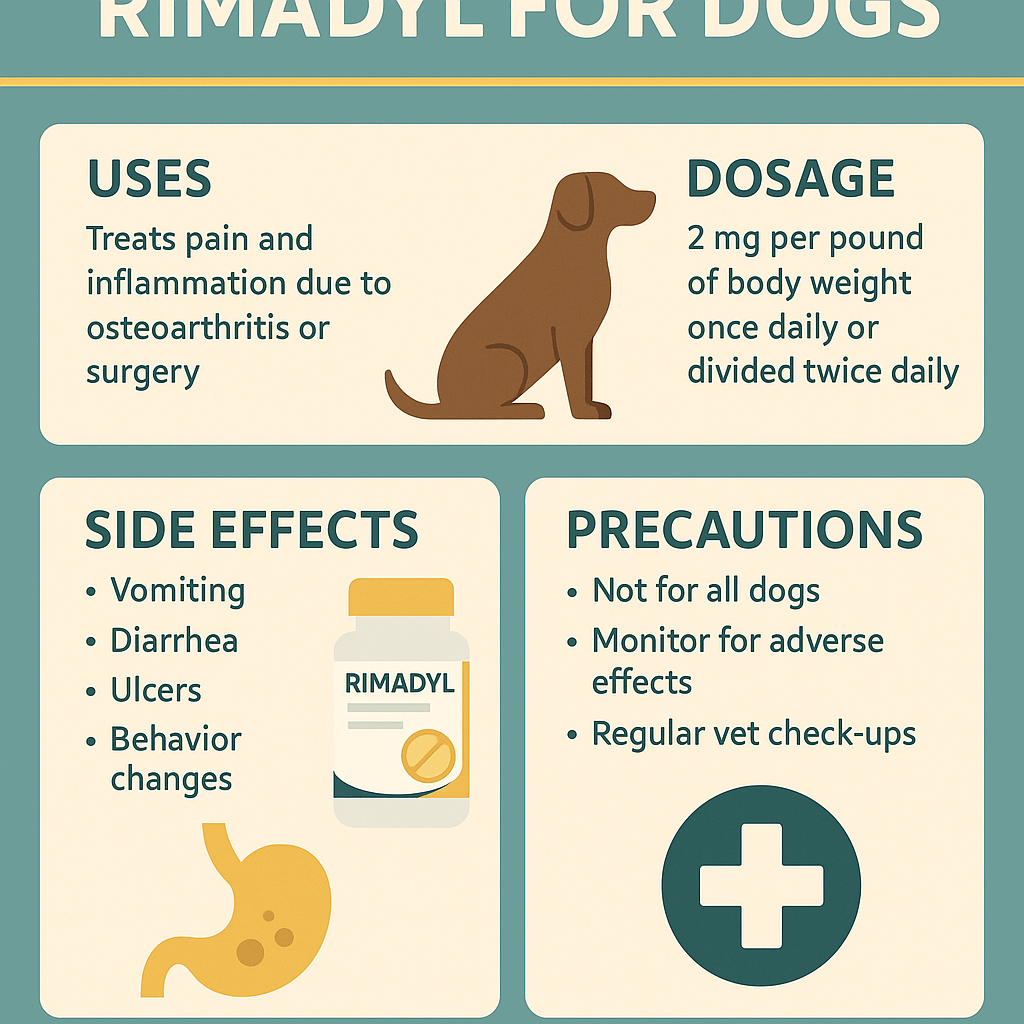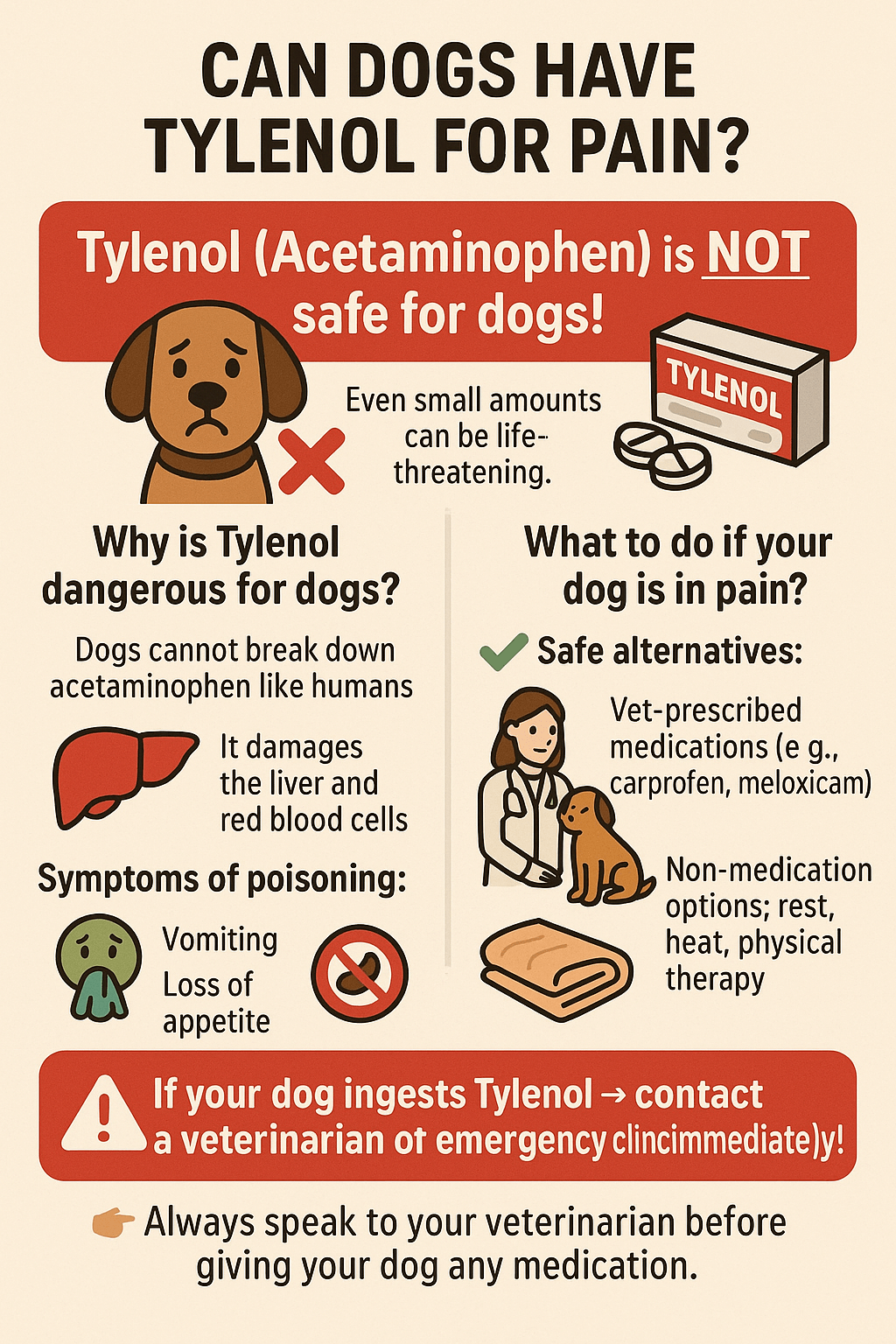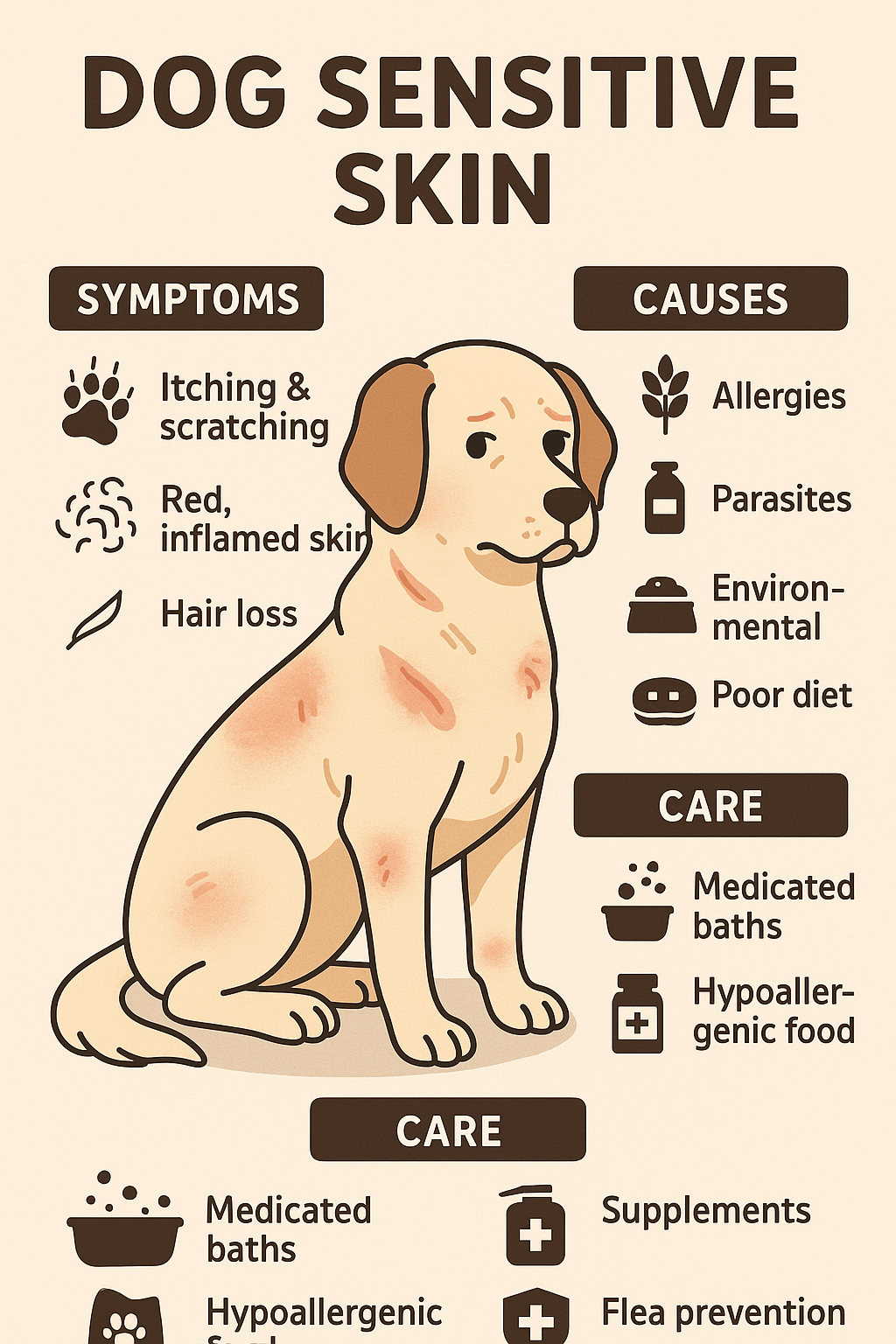What Do Flea Eggs Look Like on a Dog? A Comprehensive Guide
Fleas are one of the most common nuisances pet owners face, and while adult fleas are relatively easy to spot, their eggs often go unnoticed. Understanding what flea eggs look like on a dog is crucial for effective prevention and treatment.
These tiny, elusive pests can easily blend into your pet’s fur, making them difficult to detect without close inspection. In this blog post, we’ll delve into the appearance of flea eggs, how they differ from other debris in your dog’s coat, and why identifying them early can save you and your furry friend a lot of trouble. Whether you’re a seasoned pet owner or new to the world of canine care, this guide will equip you with the knowledge you need to keep your dog flea-free.
Spotting Flea Eggs: What to Look For
Detecting flea eggs on your dog might seem challenging at first, but knowing their characteristics can make the process easier. Here’s what you need to know:
- Size and Appearance: Flea eggs are incredibly small, about the size of a grain of salt or slightly larger. They are oval-shaped and translucent, often appearing white or off-white.
- Texture: Unlike dandruff, which flakes easily, flea eggs have a smooth, shiny surface that feels slightly sticky when touched.
- Location: Flea eggs are typically found in areas where your dog’s fur is thickest, such as around the neck, belly, and base of the tail.
- Behavior: Eggs are not attached to the fur but may fall off as your dog moves, spreading infestations to bedding or carpets.
While flea eggs are hard to see with the naked eye, using a fine-toothed comb can help you identify and remove them. If you suspect an infestation, acting quickly is essential to prevent further spread.
Distinguishing Flea Eggs from Other Debris
It’s easy to mistake flea eggs for other substances in your dog’s coat, such as dandruff or dirt. However, there are key differences that can help you tell them apart:
- Color Variations: Flea eggs are usually white or pale yellow, whereas dandruff tends to be more opaque and flaky.
- Adhesion: Dandruff clings loosely to the fur, while flea eggs may stick slightly due to their sticky coating.
- Shape Differences: Flea eggs are consistently oval, while dirt particles are irregularly shaped and darker in color.
- Environmental Clues: If you notice eggs alongside black specks (flea feces) or live fleas, it’s a strong indicator of an infestation.
Being able to differentiate flea eggs from harmless debris ensures you don’t overlook a potential problem. Remember, early detection is your best defense against a full-blown flea outbreak.
Expert Opinion: The Importance of Early Flea Egg Detection
“Identifying flea eggs early is critical in preventing a full-blown infestation,” says Dr. Emily Carter, a veterinary dermatologist with over 15 years of experience. “Many pet owners focus solely on adult fleas, but the eggs are the root of the problem. Regular grooming and a proactive approach can make all the difference in maintaining your pet’s health and comfort.”
Check this guide 👉 4 Essential Dog Dewormer Tips for Ultimate Protection Now!
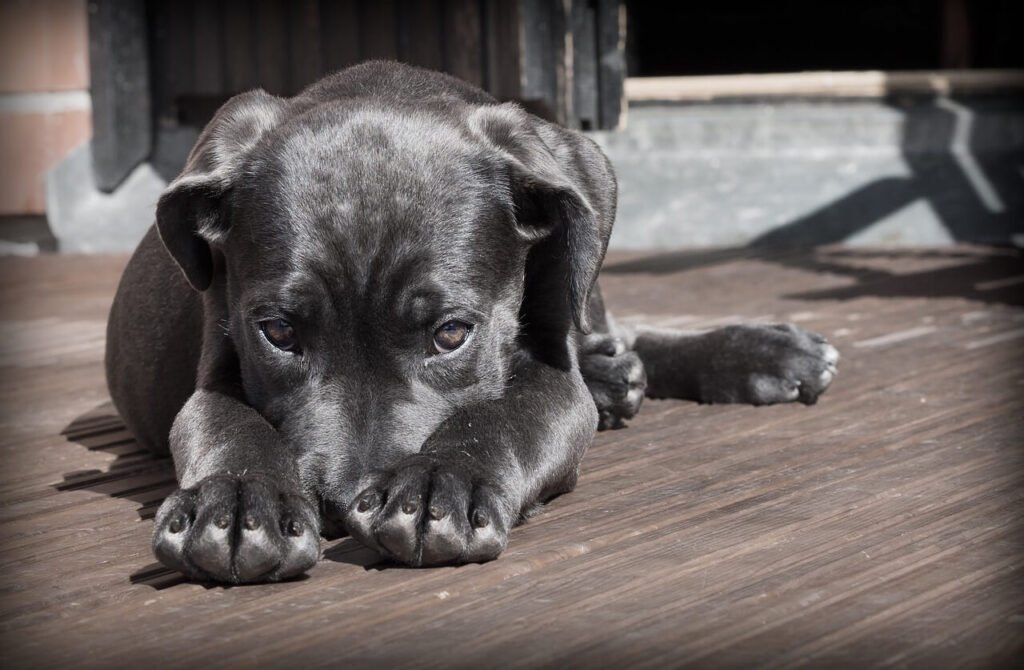
Challenges of Flea Eggs | Solutions for Managing Flea Eggs |
|---|---|
Difficult to spot with the naked eye | Use a fine-toothed flea comb for detection |
Can fall off and spread infestations | Wash pet bedding and vacuum carpets regularly |
Resistant to some cleaning methods | Use hot water for washing fabrics and bedding |
May require repeated treatments | Apply vet-recommended flea prevention products |
Risk of re-infestation if untreated | Stay consistent with grooming and home hygiene |
Preventing Flea Egg Infestations: Key Strategies
Prevention is always better than cure when it comes to flea eggs. By taking proactive measures, you can minimize the risk of an infestation. Here are some strategies to consider:
- Regular Grooming: Brush your dog’s coat frequently with a flea comb to catch eggs before they hatch.
- Clean Environment: Wash your pet’s bedding weekly in hot water to kill any lingering eggs.
- Vacuuming: Vacuum carpets, rugs, and upholstery regularly to remove eggs that may have fallen off your dog.
- Flea Prevention Products: Use vet-recommended topical treatments or oral medications to deter fleas.
- Yard Maintenance: Keep your yard trimmed and free of debris to eliminate hiding spots for fleas.
By incorporating these practices into your routine, you can significantly reduce the likelihood of flea eggs taking hold in your home or on your dog.
Treating a Flea Egg Infestation: Steps to Take
If you’ve identified flea eggs on your dog, swift action is necessary to address the issue. Follow these steps to effectively treat an infestation:
- Bathe Your Dog: Use a gentle flea shampoo to cleanse your dog’s coat and remove eggs.
- Comb Thoroughly: After bathing, use a flea comb to manually extract any remaining eggs.
- Deep Clean Your Home: Launder all fabrics, including blankets and curtains, and steam-clean carpets and furniture.
- Consult Your Vet: Seek professional advice for safe and effective flea treatments tailored to your dog’s needs.
- Monitor Progress: Keep an eye on your dog’s coat and behavior to ensure the infestation doesn’t return.
Addressing a flea egg infestation promptly can prevent it from escalating into a larger problem. Stay consistent with your efforts to achieve the best results.
Signs Your Dog May Have Flea Eggs
If you suspect your dog might have flea eggs, there are subtle signs that can help confirm your suspicions. While the eggs themselves may be hard to see, other indicators can point to their presence. Here’s what to look out for:
- Excessive Scratching: If your dog is scratching more than usual, it could indicate fleas or their eggs in the coat.
- Red Skin or Irritation: Flea bites can cause redness and irritation, even before you spot the eggs.
- Black Specks (Flea Dirt): Tiny black dots in your dog’s fur are flea feces, a sign of an active infestation.
- Hair Loss: Prolonged scratching due to fleas can lead to patches of hair loss.
- Behavioral Changes: Restlessness or discomfort may signal your dog is dealing with fleas or their eggs.
Noticing these signs early can help you address the issue before it escalates. Regular monitoring of your dog’s skin and coat is essential for catching problems at their source.
Natural Remedies to Combat Flea Eggs
For pet owners who prefer natural solutions, there are several remedies that can help manage flea eggs without harsh chemicals. While these methods may not replace professional treatments, they can complement your efforts effectively:
- Apple Cider Vinegar Rinse: Mix with water and apply to your dog’s coat to deter fleas and disrupt their life cycle.
- Diatomaceous Earth: Sprinkle this non-toxic powder on bedding and carpets to kill flea eggs and larvae.
- Essential Oils (Diluted): Certain oils like lavender or cedarwood can repel fleas when used safely and sparingly.
- Herbal Flea Collars: These collars use natural ingredients to keep fleas away from your dog.
- Baking Soda: Sprinkling baking soda on carpets and upholstery can dehydrate and kill flea eggs.
While natural remedies can be effective, always consult your vet before trying new treatments, especially if your dog has sensitive skin or health concerns.
Common Mistakes When Dealing with Flea Eggs
Even well-meaning pet owners can make mistakes when addressing flea eggs. Avoiding these pitfalls can save you time, effort, and frustration in the long run. Here are some common errors to watch out for:
- Neglecting the Environment: Focusing only on your dog and ignoring your home can allow eggs to persist and re-infest.
- Using Ineffective Products: Over-the-counter sprays or shampoos may not target flea eggs specifically, leading to incomplete treatment.
- Skipping Regular Grooming: Infrequent brushing or combing can let eggs accumulate unnoticed.
- Assuming One Treatment is Enough: Flea eggs can survive initial treatments, so follow-up care is crucial.
- Overlooking Secondary Infestations: Pets in multi-animal households can pass fleas back and forth if not treated simultaneously.
By avoiding these mistakes, you can ensure a more thorough and effective approach to eliminating flea eggs. Consistency and attention to detail are key to success.
Frequently Asked Questions About Flea Eggs
Can I see flea eggs with the naked eye?
Yes, flea eggs are visible but very small, so you’ll need to look closely.
How long does it take for flea eggs to hatch?
Flea eggs typically hatch within 1 to 10 days, depending on environmental conditions.
Do flea eggs fall off my dog?
Yes, flea eggs are not firmly attached to the fur and can fall onto surfaces like bedding or carpets.
Are flea eggs dangerous to humans?
While flea eggs themselves aren’t harmful to humans, they can lead to infestations that cause discomfort.
Can flea eggs survive without a host?
Yes, flea eggs can survive in the environment until they hatch and find a host.
Stay Vigilant: Protecting Your Dog from Flea Eggs
Understanding what flea eggs look like on a dog empowers you to take control of your pet’s health and comfort. From recognizing their subtle appearance to implementing preventive measures, every step you take brings you closer to a flea-free household. Remember, consistency is key—regular grooming, cleaning, and monitoring will safeguard your dog against these persistent pests. By staying informed and proactive, you can ensure your furry companion remains happy, healthy, and itch-free. After all, a flea-free dog is a joyful dog!
Rimadyl for Dogs: Best 7 Expert Tips! Discover expert advice on using Rimadyl safely, managing pain, and improving your dog’s mobility with trusted veterinary insights.
Can Dogs Have Tylenol for Pain? Best 7 Expert Tips! Discover the risks, safe alternatives, and expert advice on managing your dog’s pain effectively while avoiding harmful medications.
Understanding Hemophilia in Dogs: Best 7 Expert Tips! Discover expert advice on managing hemophilia, recognizing symptoms, and ensuring your dog’s well-being with practical care strategies.
Understanding Dog Sensitive Skin: Best 7 Expert Tips! Discover expert advice on managing dog sensitive skin, relieving irritation, and improving your pup’s comfort with practical solutions.

